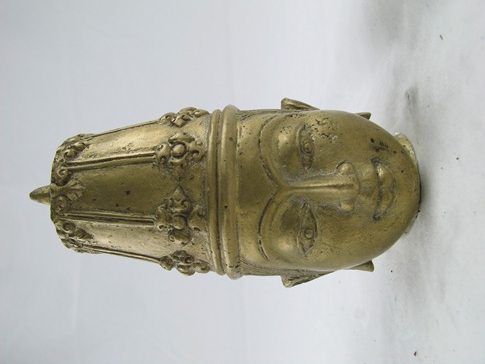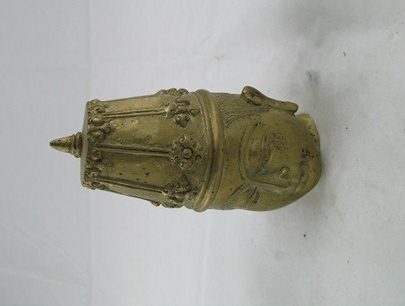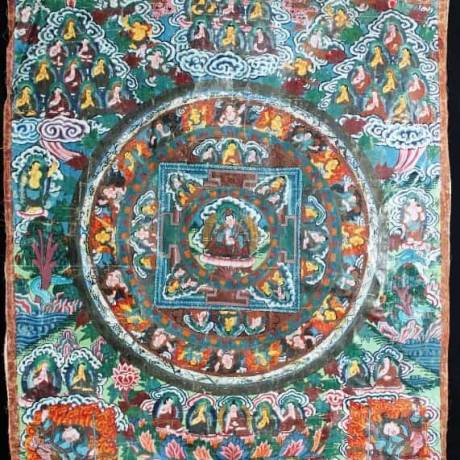Description
Traditional Artifact 1
Item is sold as an empty vessel. For Decoration Purpose only!
Traditional artifact 1 are objects that have been created and used by people from various cultures and societies for centuries. These artifacts hold great significance as they represent the cultural heritage and history of a particular community or civilization. These objects not only serve as a source of aesthetic pleasure but also have a utilitarian purpose. In this article, we will delve into the significance and importance of traditional artifact 1 and explore how they are a crucial part of our cultural identity.
One such traditional artifact 1 is the pottery wheel, which has been used for thousands of years to create beautiful pottery pieces. The use of the pottery wheel dates back to ancient civilizations such as the Greeks, Egyptians, and Chinese. Today, pottery wheels are still used in many parts of the world to create functional and decorative pieces of pottery. The process of creating pottery on a wheel requires a great deal of skill and expertise, and the resulting pieces are unique and beautiful.
Another traditional artifact 1 that holds great importance is the loom, which has been used for centuries to create textiles. The loom was originally invented in ancient Egypt and was used to create clothing, rugs, and other textiles. Today, the loom is still used in many parts of the world to create textiles that are unique to a particular region or culture. The process of weaving on a loom requires a great deal of skill and patience, and the resulting textiles are often highly valued and sought after.
Yet another traditional artifact 1 that has great significance is the musical instrument. Musical instruments have been used by people from all over the world for thousands of years to create music that is unique to their culture. From the ancient Greek lyre to the Indian sitar, musical instruments have played an important role in the cultural identity of many civilizations. Today, traditional musical instruments are still used to create music that is unique to a particular region or culture.
In addition to their cultural significance, traditional artifact 1 also have practical uses. For example, traditional handcrafted baskets were once used to carry food, water, and other supplies. Today, baskets are still used for a variety of purposes, including storage and decoration. Similarly, traditional handcrafted knives were once used for hunting and gathering food. Today, traditional knives are still used for cooking and other purposes.
The importance of traditional artifact 1 is not just limited to their cultural and practical significance. These artifacts also serve as a link between the past and the present. By preserving traditional artifact 1, we are able to connect with our ancestors and understand their way of life. Traditional artifact 1 can also provide insight into the technological advancements that have been made over the centuries. For example, the development of the pottery wheel and the loom allowed for the creation of more intricate and detailed pieces of pottery and textiles.
In conclusion, traditional artifact 1 are an important part of our cultural heritage and identity. They represent the ingenuity and creativity of our ancestors and serve as a link between the past and the present. By preserving traditional artifact 1, we are able to connect with our ancestors and gain a greater understanding of our cultural history. These artifacts also have practical uses and are still used today for a variety of purposes. Whether it is a handcrafted basket, a musical instrument, or a piece of pottery, traditional artifact 1 are a testament to the rich cultural diversity of our world.
Additional information
| Weight | 1 kg |
|---|









Reviews
There are no reviews yet.